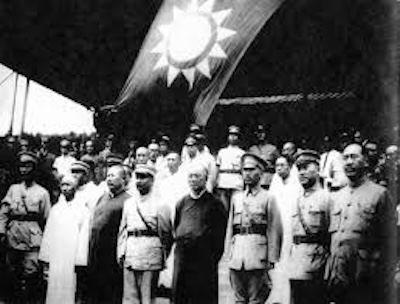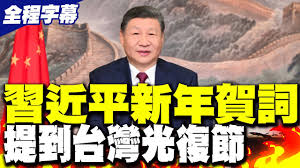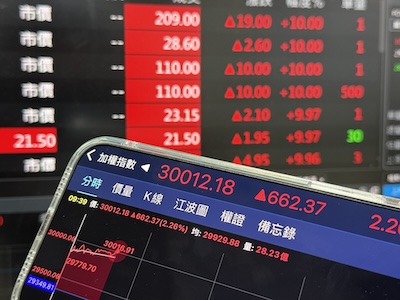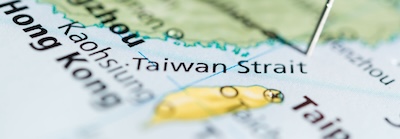The Kuomintang (KMT), or Chinese Nationalist Party, once defined itself through armed struggle against the Chinese Communist Party (CCP). During the Chinese Civil War (1927–1949), the two parties were bitter enemies. The CCP’s eventual victory on the mainland forced the KMT to retreat to Taiwan, where it ruled under martial law and maintained a staunch anti-Communist stance for decades. Given this history of bloodshed and mutual hostility, it may appear puzzling that in recent decades the KMT has adopted a far softer, even conciliatory, approach toward Beijing. Several key factors explain this dramatic shift.
First, the international environment has changed. During the Cold War, the KMT’s anti-Communist stance aligned naturally with the United States and its allies. But after the U.S. recognized the People’s Republic of China in 1979, the KMT gradually lost its monopoly on “China’s representation” in the world. Without international support for reclaiming the mainland, the party recalibrated its strategy toward peaceful coexistence with the CCP.

Second, economic interests play a decisive role. From the 1990s onward, Taiwan’s economy became deeply intertwined with mainland China through trade, investment, and manufacturing. The KMT, traditionally backed by big business, saw engagement with Beijing as a path to prosperity. As Taiwan’s entrepreneurs relied heavily on the Chinese market, the KMT increasingly portrayed cross-strait ties as essential for stability and economic growth, softening its rhetoric against the CCP.
Third, domestic politics have reshaped party priorities. Facing competition from the Democratic Progressive Party (DPP), which advocates a stronger Taiwanese identity and resists Beijing’s influence, the KMT sought to differentiate itself by presenting engagement with the CCP as pragmatic. By doing so, the KMT hoped to retain voters who fear war and value economic security. What once was a matter of ideological hostility has become a matter of electoral calculation.
Fourth, generational shifts have eroded the KMT’s old narrative. The party’s earlier leaders carried personal memories of the civil war and the retreat from the mainland, making anti-Communism central to their identity. Today’s KMT leaders, however, were born and raised in Taiwan, far removed from those historical battles. For them, the CCP is no longer a sworn enemy but a political actor to negotiate with, however uneasily.
Finally, the KMT’s strategy reflects survival rather than loyalty. Critics describe the party as “pro-CCP” or “appeasing Beijing,” yet from the KMT’s perspective, maintaining dialogue and reducing tensions may be the only way to remain politically relevant. By presenting itself as the party of stability and economic cooperation, it seeks to appeal to voters skeptical of confrontation. This pragmatic approach, however, risks being perceived as weakness or “submission” to the CCP.
In conclusion, the KMT’s shift from bitter enmity to accommodation reflects changing geopolitical realities, economic interdependence, domestic electoral dynamics, generational change, and the party’s own struggle for survival. What looks like “kowtowing” to Beijing is, in reality, a strategic transformation driven by necessity, not nostalgia. Whether this approach strengthens Taiwan’s security or undermines its autonomy remains a matter of intense debate.
Cathy Lin



